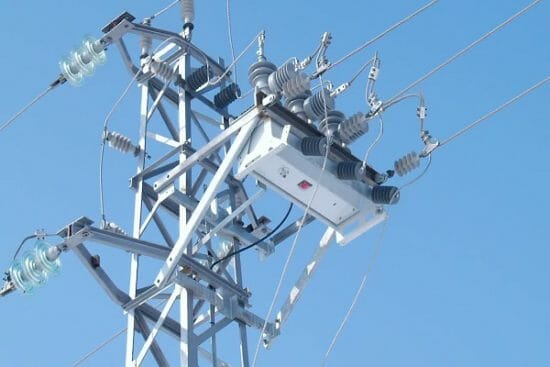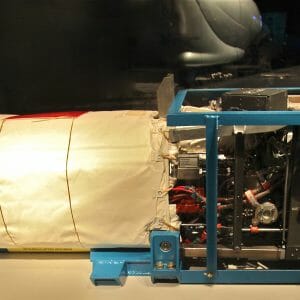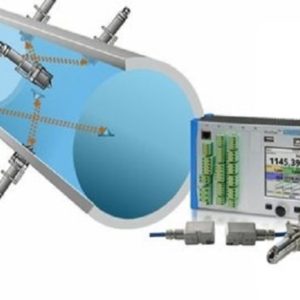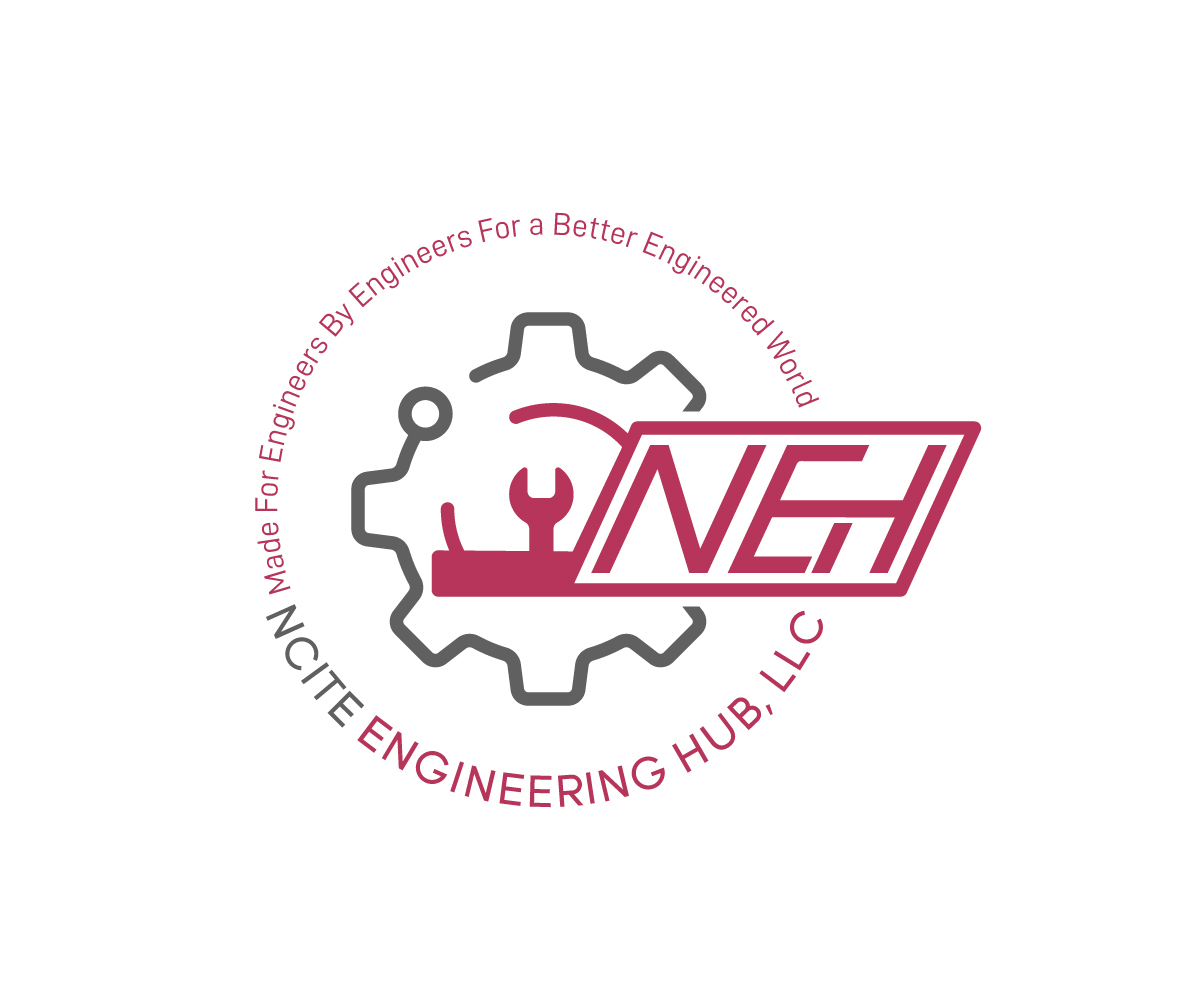-
×
 E - 1118 Air Pollution Control - Carbon Adsorption for VOCs
1 × $75.00
E - 1118 Air Pollution Control - Carbon Adsorption for VOCs
1 × $75.00 -
×
 E - 1104 Domestic Wastewater Treatment Overview
3 × $75.00
E - 1104 Domestic Wastewater Treatment Overview
3 × $75.00 -
×
 E - 1101 Solar Energy Fundamentals
1 × $100.00
E - 1101 Solar Energy Fundamentals
1 × $100.00 -
×
 E - 1106 Fundamentals of Heat Exchangers
2 × $50.00
E - 1106 Fundamentals of Heat Exchangers
2 × $50.00 -
×
 E - 1113 Manning Equation - Open Channel Flow using Excel
3 × $100.00
E - 1113 Manning Equation - Open Channel Flow using Excel
3 × $100.00 -
×
 E - 1126 Steel Design – Basics - Updated to AISC 14th edition
1 × $5.00
E - 1126 Steel Design – Basics - Updated to AISC 14th edition
1 × $5.00 -
×
 E - 1103 Hydraulic Design of Storm Sewers with Excel
2 × $100.00
E - 1103 Hydraulic Design of Storm Sewers with Excel
2 × $100.00 -
×
 E - 1111 Disinfection with Peroxone
2 × $50.00
E - 1111 Disinfection with Peroxone
2 × $50.00 -
×
 E - 1114 Hydraulic Jumps and Supercritical & Non-uniform Flow
1 × $75.00
E - 1114 Hydraulic Jumps and Supercritical & Non-uniform Flow
1 × $75.00 -
×
 E - 1788 Improving Hot Water System Performance in Commercial Kitchens
1 × $75.00
E - 1788 Improving Hot Water System Performance in Commercial Kitchens
1 × $75.00 -
×
 E - 1776 HVAC Systems Noise Control
1 × $150.00
E - 1776 HVAC Systems Noise Control
1 × $150.00 -
×
 E 1102 Valve Fundamentals
2 × $100.00
E 1102 Valve Fundamentals
2 × $100.00 -
×
 E - 1125 Centrifugal and Positive Displacement Pump Basics
1 × $75.00
E - 1125 Centrifugal and Positive Displacement Pump Basics
1 × $75.00 -
×
 E - 1809 Air Sparging for Soil Remediation
1 × $75.00
E - 1809 Air Sparging for Soil Remediation
1 × $75.00 -
×
 E - 1801 A Guide to Specialty Treatments of Wood
1 × $50.00
E - 1801 A Guide to Specialty Treatments of Wood
1 × $50.00 -
×
 E - 1790 Overview of Electric Overhead Traveling (EOT) Cranes
1 × $150.00
E - 1790 Overview of Electric Overhead Traveling (EOT) Cranes
1 × $150.00 -
×
 E - 1115 Sharp-Crested Weirs for Open Channel Flow Measurement
1 × $75.00
E - 1115 Sharp-Crested Weirs for Open Channel Flow Measurement
1 × $75.00 -
×
 E - 1786 Battery Backup Photovoltaic Systems
1 × $90.00
E - 1786 Battery Backup Photovoltaic Systems
1 × $90.00 -
×
 E - 1796 Guide to Safety in Confined Spaces
1 × $50.00
E - 1796 Guide to Safety in Confined Spaces
1 × $50.00 -
×
 E - 1800 Wood Preservation Guide
1 × $75.00
E - 1800 Wood Preservation Guide
1 × $75.00 -
×
 E - 1107 Fundamentals of Fluid Flow
1 × $150.00
E - 1107 Fundamentals of Fluid Flow
1 × $150.00 -
×
 E - 1810 Solid Waste Management: Operations and Design
1 × $125.00
E - 1810 Solid Waste Management: Operations and Design
1 × $125.00 -
×
 E - 1789 HVAC Cooling Systems for Data Centers
1 × $125.00
E - 1789 HVAC Cooling Systems for Data Centers
1 × $125.00 -
×
 E - 1228 Roofing Systems
1 × $125.00
E - 1228 Roofing Systems
1 × $125.00 -
×
 E - 1795 Guide to Personal Protective Equipment
1 × $50.00
E - 1795 Guide to Personal Protective Equipment
1 × $50.00 -
×
 E - 1808 Corner Stone of Solid Waste Management
1 × $75.00
E - 1808 Corner Stone of Solid Waste Management
1 × $75.00 -
×
 E - 1797 Geothermal Energy
1 × $75.00
E - 1797 Geothermal Energy
1 × $75.00 -
×
 E - 1812 Wind Force Calculations on Low Rise Buildings
1 × $80.00
E - 1812 Wind Force Calculations on Low Rise Buildings
1 × $80.00 -
×
 E - 1108 Heat Transfer Review for Engineers
1 × $75.00
E - 1108 Heat Transfer Review for Engineers
1 × $75.00 -
×
 E - 1804 Cyclone Collectors for Air Pollution Control
1 × $75.00
E - 1804 Cyclone Collectors for Air Pollution Control
1 × $75.00 -
×
 E - 1807 Air Pollution Control Scrubbers and Precipitators
1 × $50.00
E - 1807 Air Pollution Control Scrubbers and Precipitators
1 × $50.00
Subtotal: $3,250.00

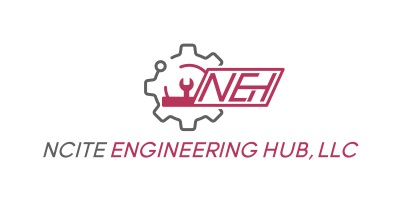
 E - 1118 Air Pollution Control - Carbon Adsorption for VOCs
E - 1118 Air Pollution Control - Carbon Adsorption for VOCs  E - 1104 Domestic Wastewater Treatment Overview
E - 1104 Domestic Wastewater Treatment Overview 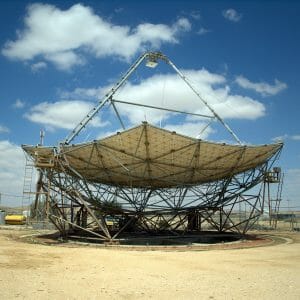 E - 1101 Solar Energy Fundamentals
E - 1101 Solar Energy Fundamentals 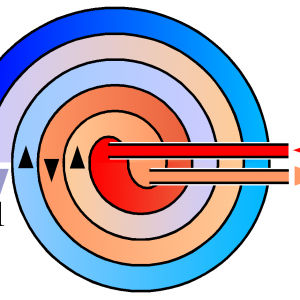 E - 1106 Fundamentals of Heat Exchangers
E - 1106 Fundamentals of Heat Exchangers  E - 1113 Manning Equation - Open Channel Flow using Excel
E - 1113 Manning Equation - Open Channel Flow using Excel 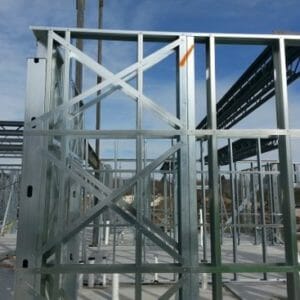 E - 1126 Steel Design – Basics - Updated to AISC 14th edition
E - 1126 Steel Design – Basics - Updated to AISC 14th edition 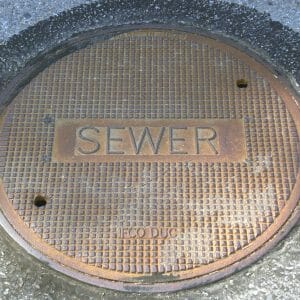 E - 1103 Hydraulic Design of Storm Sewers with Excel
E - 1103 Hydraulic Design of Storm Sewers with Excel  E - 1111 Disinfection with Peroxone
E - 1111 Disinfection with Peroxone 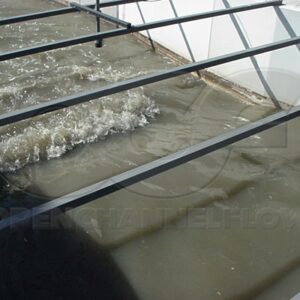 E - 1114 Hydraulic Jumps and Supercritical & Non-uniform Flow
E - 1114 Hydraulic Jumps and Supercritical & Non-uniform Flow 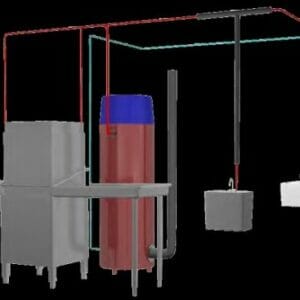 E - 1788 Improving Hot Water System Performance in Commercial Kitchens
E - 1788 Improving Hot Water System Performance in Commercial Kitchens 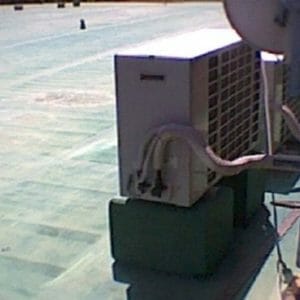 E - 1776 HVAC Systems Noise Control
E - 1776 HVAC Systems Noise Control  E 1102 Valve Fundamentals
E 1102 Valve Fundamentals 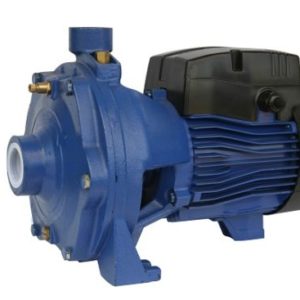 E - 1125 Centrifugal and Positive Displacement Pump Basics
E - 1125 Centrifugal and Positive Displacement Pump Basics 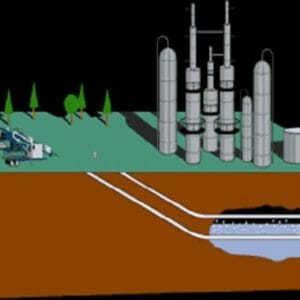 E - 1809 Air Sparging for Soil Remediation
E - 1809 Air Sparging for Soil Remediation  E - 1801 A Guide to Specialty Treatments of Wood
E - 1801 A Guide to Specialty Treatments of Wood 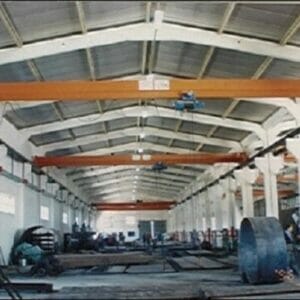 E - 1790 Overview of Electric Overhead Traveling (EOT) Cranes
E - 1790 Overview of Electric Overhead Traveling (EOT) Cranes 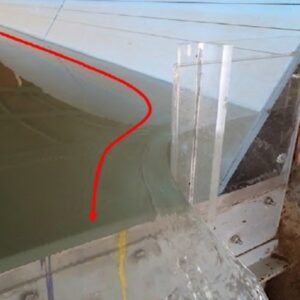 E - 1115 Sharp-Crested Weirs for Open Channel Flow Measurement
E - 1115 Sharp-Crested Weirs for Open Channel Flow Measurement 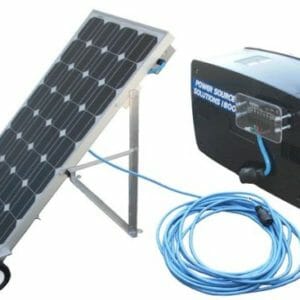 E - 1786 Battery Backup Photovoltaic Systems
E - 1786 Battery Backup Photovoltaic Systems 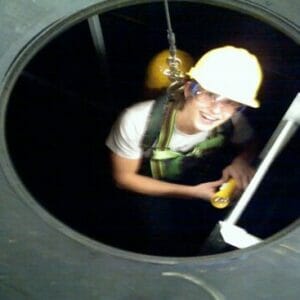 E - 1796 Guide to Safety in Confined Spaces
E - 1796 Guide to Safety in Confined Spaces  E - 1800 Wood Preservation Guide
E - 1800 Wood Preservation Guide  E - 1107 Fundamentals of Fluid Flow
E - 1107 Fundamentals of Fluid Flow  E - 1810 Solid Waste Management: Operations and Design
E - 1810 Solid Waste Management: Operations and Design 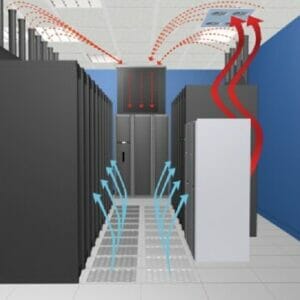 E - 1789 HVAC Cooling Systems for Data Centers
E - 1789 HVAC Cooling Systems for Data Centers 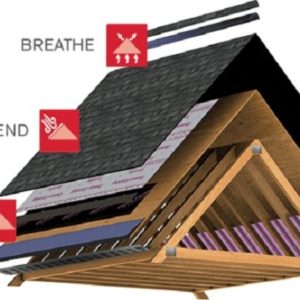 E - 1228 Roofing Systems
E - 1228 Roofing Systems 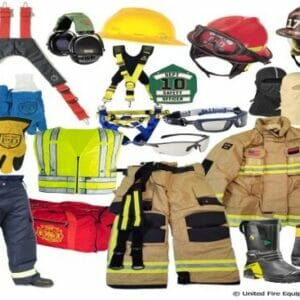 E - 1795 Guide to Personal Protective Equipment
E - 1795 Guide to Personal Protective Equipment  E - 1808 Corner Stone of Solid Waste Management
E - 1808 Corner Stone of Solid Waste Management 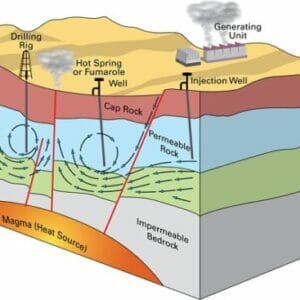 E - 1797 Geothermal Energy
E - 1797 Geothermal Energy  E - 1812 Wind Force Calculations on Low Rise Buildings
E - 1812 Wind Force Calculations on Low Rise Buildings 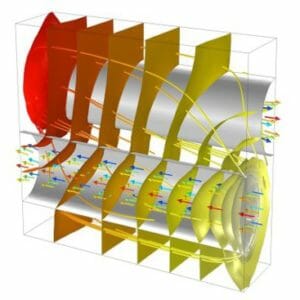 E - 1108 Heat Transfer Review for Engineers
E - 1108 Heat Transfer Review for Engineers 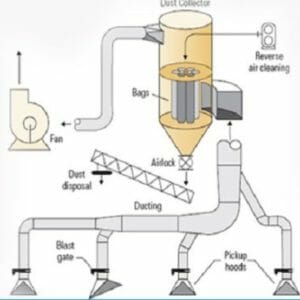 E - 1804 Cyclone Collectors for Air Pollution Control
E - 1804 Cyclone Collectors for Air Pollution Control  E - 1807 Air Pollution Control Scrubbers and Precipitators
E - 1807 Air Pollution Control Scrubbers and Precipitators 